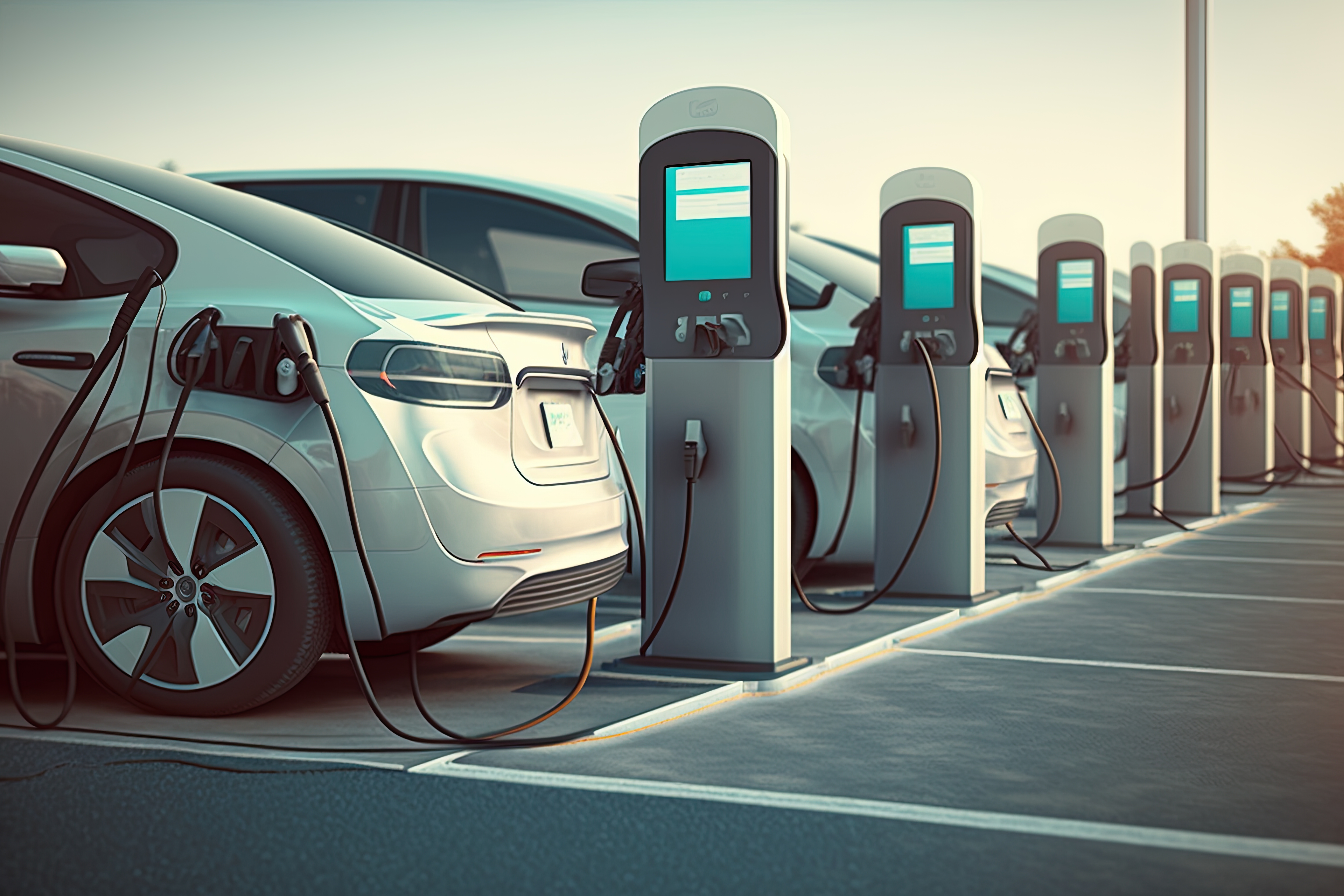Biden’s call for EVs raises questions for many, including insurers

President Joe Biden’s ambitious plans unveiled recently to put us all behind the wheel of a battery electric vehicle (BEV) were met with cheers from environmentalists, climate change advocates, and some auto makers, but broke open a huge debate on the practicality and costs of setting such a goal.
It took the administration more than 1,400 pages of proposed EPA regulations to essentially say it wants two out of every three new cars and light trucks sold in the U.S. in 2032 to be electric – more than 10 times the current national sales rate. It means that nearly 80% of sedans, 70% of pickups and 60% of crossovers and SUVs would be battery-powered just nine years from now.
Republicans jumped on the plan with a “first they came for our stoves, now they’re coming for our cars,” mantra. But more serious analysis of the proposal noted that the biggest obstacles for the auto-electrification success aren’t political, but rather socioeconomic, the realities of the global supply chain, and consumer acceptance.
The nation would need to broadly expand the number of charging stations to meet the new goals. Foreign countries, mainly China, largely control the supply of batteries needed to run the vehicles, and consumers may be loath to give up their gas guzzlers due to cost. Electric cars are more expensive to buy as well as costlier to repair.
Electric vehicle price tags much higher
The average transaction price of an electric car is $61,448 compared to $49,507 for all passenger vehicles in the US, according to Moody’s Investors Service. The difference can be offset somewhat by federal and local tax credits and lower fuel and maintenance costs. However, the government is already tightening tax incentives that were supposed to lower costs.
Still, even before the administration’s new proposals, it was expected that battery-powered electric vehicle sales would continue to grow in the US and globally. In the US, the market share hit 5.8% of new vehicles sales for 2022 from 3.2% in 2021 according to Cox Automotive. A study by Moody’s projected that electric vehicles will account for almost half of global auto sales by 2035. Biden wants the number to be two-thirds.
Costs for insurers a major concern
The rising costs to insurers is also a major concern. Insurers’ share of loss costs will increase for personal and commercial auto insurers over the coming few years as sales increase, Moody’s said. Battery and electric cable placement make electric vehicles more likely than internal combustion vehicles to be a total loss, even in minor collisions. Insurers have responded by raising prices and increasing sophistication.
“Sophisticated insurers are already taking into account BEVs' higher repair costs in their pricing plans for collision coverage, which covers damage to the driver's own vehicle,” Moody’s report said. “As the fleet share of BEVs increases, insurers will need to proactively incorporate the changing fleet composition into the liability portion of their pricing plans, which covers damage to third-party vehicles. Smaller auto insurers in particular will need to improve their pricing sophistication.”
New EV also bring new risks
New electric cars also bring new risks, impacting insurers in other ways. Fires from electric vehicles are much more difficult to contain than gasoline fires and a greater share of battery vehicle fires occur when a vehicle is parked, thus raising the likelihood of collateral damage to homes and businesses.
“Insurers, regulators and the courts will need to work out who will be liable for these claims,” Moody’s said. “In addition, insurers will need to respond to changing infrastructure, such as commercial and home charging stations, electrical transmission lines, and renewable energy sources including rooftop solar panels.”
Electric vehicles are also more likely to be sold with other new technologies to which insurers will need to deal with, Moody’s said.
“For example, manufacturers often update BEV software remotely, which could increase cyber risk relative to internal combustion vehicles,” said Moody’s. “To the extent that automakers purchase cyber insurance as a standalone coverage or within other policies, insurers could be exposed to cyber losses from connected vehicles.”
More startling for insurers is the notion that worldwide acceptance of smart, electric vehicles will negate the need for auto insurance.
“Personal and commercial auto insurers will initially benefit from fewer accidents,” Moody’s said. “But face long-term risks that autonomous vehicles will reduce the need for auto insurance.”
Automakers, meanwhile, are already investing more than $100 billion to the transition to electric vehicles and some say the new EPA proposals will require much more.
“Electrification will require further, substantial R&D and capital spending for new models, batteries, and charging infrastructure,” Moody’s said. “The need for substantial investment, technology risks, and margin pressure points to carbon-transition risk we deem high or very high for 19-of-23 automakers.”
Doug Bailey is a journalist and freelance writer who lives outside of Boston. He can be reached at [email protected].
© Entire contents copyright 2023 by InsuranceNewsNet.com Inc. All rights reserved. No part of this article may be reprinted without the expressed written consent from InsuranceNewsNet.com.
Doug Bailey is a journalist and freelance writer who lives outside of Boston. He can be reached at [email protected].





A pair of rulings go against the ‘Annuity King’ in week one of fraud trial
Economy hits millennials’ ability to build, transfer wealth
Advisor News
- Social Security retroactive payments go out to more than 1M
- What you need to know to find success with women investors
- Senator Gary Dahms criticizes Governor Walz's proposed insurance tax increase
- Social Security staff cuts could ‘significantly impact’ beneficiaries
- Building your business with generative AI
More Advisor NewsAnnuity News
Health/Employee Benefits News
- Pan-American Life Insurance Group Reports Record Net Income for 2024 On Strong Operating Performance
- GOP lawmakers commit to big spending cuts, putting Medicaid under a spotlight – but trimming the low-income health insurance program would be hard
- Bill aims to limit insurance denials by defining care standards
- Medicaid cuts would hit rural Louisianans especially hard – here's how
- WA lawmakers push to expand mental health insurance coverage
More Health/Employee Benefits NewsLife Insurance News